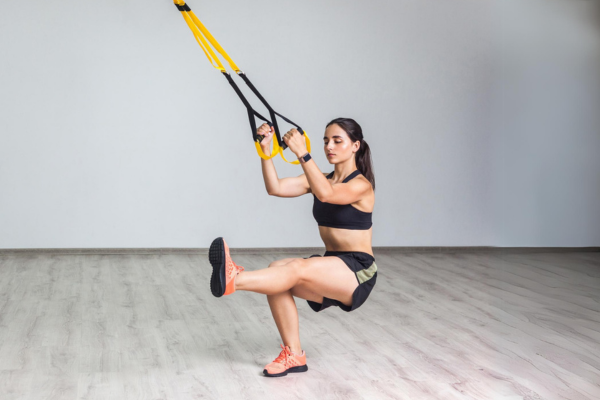How to Do the Pistol Squat (Video)

If you do all of your squats with both feet on the ground, you might be missing out. Trainers and exercise scientists have long touted the importance of unilateral exercises, or “one sided” movements that work limbs independently. And the pistol squat, or single-leg squat, is a perfect example.
While the right and left sides of our bodies might appear to be symmetrical and balanced, they’re rarely equal in strength, power, and mobility. Indeed, your dominant side often compensates for your non-dominant one without you even being aware of it. As a result, muscles on your dominant side become slightly stronger, leading to an imbalance that increases your risk of injury.
Being a unilateral bodyweight exercise, the pistol squat isolates the muscles in each leg, specifically the quads and glutes, forcing them to work without the help of their counterparts on the opposite side. This variation of the single-leg squat may feel awkward at first (cue the wobbly Bambi legs), but over time, the pistol squat may help even out muscle imbalances. And that’s just one of the move’s many benefits (more on those later).
Pistol Squat: Step-by-Step Instructions
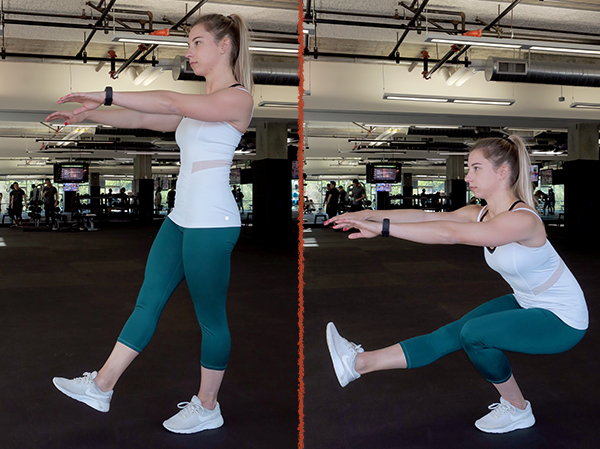
- Stand tall with your arms extended straight in front of your chest and your right heel raised a few inches off the floor in front of you. This is the starting position.
- Keeping your back flat, core engaged, and left foot elevated, push your hips back, bend your right knee, and slowly lower your body as far as possible.
- Reverse the move to push yourself back up to the starting position. Perform equal reps on both sides.
4-Move Pistol Squat Progression
Not quite able to perform a full pistol squat? Try this four-step progression of exercises to build up your strength, making sure you can perform 10 reps of each exercise with good form before advancing to the next.
As with any squat variation, you can reduce the difficulty of any of these moves by limiting the depth of your squat. “Never sacrifice form in order to complete a rep. If you can’t do at least five full reps, modify it,” says Trevor Thieme, C.S.C.S.
1. Bulgarian split squat
This squat variation introduces an element of instability to the exercise, making your quads and glutes work harder.
- Stand facing away from a bench. Option to hold a pair of dumbbells at arm’s length by your sides. Place toes of your left foot on the bench behind you. This is the starting position.
- Keeping your torso upright, lower your body down and back until your right thigh is parallel to the ground. Don’t let your right knee travel past the toes of your front foot or let your left knee touch the ground.
- Pause, and then reverse the movement to return to the starting position.
- Perform all reps, switch legs, and repeat.
2. Lateral step-up
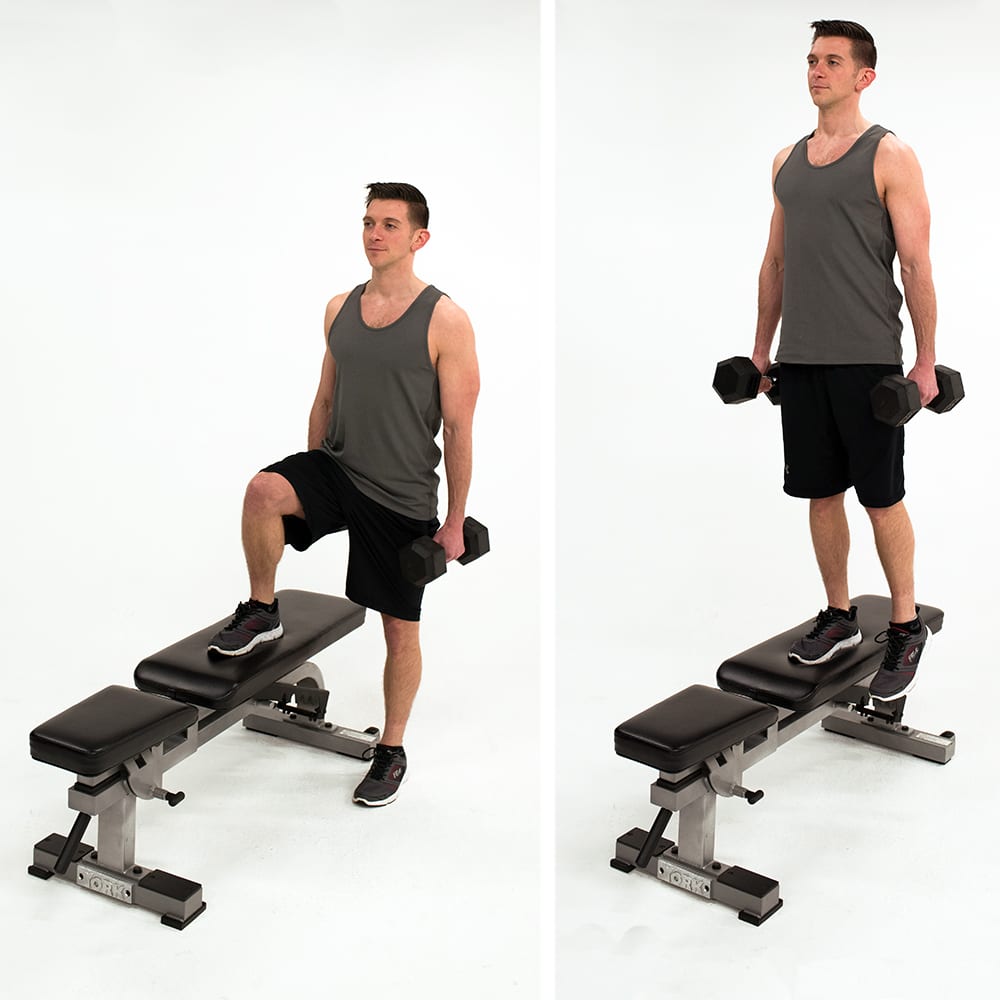
Lateral step-ups help you get a feel for lowering and lifting yourself using one leg at a time. Try to keep this movement as static as possible (i.e. don’t push off the ground with your non-working leg and, and when you lower yourself back to the ground, do it with control).
- Stand with your right side facing a bench or box that’s about knee height. Option to hold a pair of dumbbells at arms’ length by your sides, palms facing in.
- Place your right foot on the middle of the bench. This is the starting position.
- Keeping your chest up and core engaged, push your body up with your right leg until it’s straight (don’t let your left foot touch the bench).
- Pause, and then lower your body back to the starting position. Perform equal reps on both sides.
3. One-leg bench squat
This move will help you build strength in the top half of the movement and practice keeping your other leg forward as you squat.
- Stand with your back to a bench or other stable, knee-high platform, holding one dumbbell in front of your chest in both hands.
- Extend your right leg in front of you with your toes up, keeping your heel an inch or two off the floor.
- Keeping your chest lifted, your back flat, and your core engaged, push your hips back and lower your butt onto the bench.
- Return to the starting position without letting your right foot touch the floor.
- Perform equal reps on both legs.
4. Assisted pistol squat
Now you’re ready for the assisted version of the pistol squat. Simply perform the full move while holding onto a suspension trainer or similar assistance tool.
- Stand holding the handles of a suspension trainer, facing toward the anchor point. (With your arms extended forward, the straps of the suspension trainer should be slightly slack.)
- Extend your left foot forward, toes pointing towards the ceiling.
- Keeping your back flat, core engaged, and left foot elevated, bend your right knee, push your hips back, and slowly lower your body as far as possible, using the suspension trainer for balance or assistance as needed.
- Reverse the move and return to the starting position.
- Repeat for reps and then perform the same number standing on your left foot.
How to Make the Pistol Squat Harder
Looking to really challenge yourself (or maybe just show off a little)? Try one or both of these tips to elevate the difficulty of this move.
- Add weight by holding a dumbbell out in front of you.
- Slow down the movement; count to three as you lower your body, and then pause for one second at the bottom before standing back up.
Bonus Tips for the Pistol Squat

To get the most out of any single-leg squat, Thieme recommends focusing on ankle mobility. “It won’t matter if you’re strong enough to perform the exercise if your ankles lack the range of motion necessary to allow you to execute it with good form,” he says. Performed regularly, ankle exercises can help improve ankle stability and mobility.
Benefits of the Pistol Squat
Reaping the benefits of the classic pistol squat is a bit of a catch-22. Performing even a single rep with perfect form requires not only a high degree of strength, power, balance, stability, and coordination, but also solid hip, knee, and ankle mobility, Thieme explains. “But it also helps you develop those same skills,” he says.
In short, if you’ve already built a solid fitness foundation, the classic pistol squat can help you make it even stronger — but you need that foundation. “So don’t hesitate to modify,” says Thieme. “If you can’t perform at least five unassisted reps of the classic move with perfect form, regress the exercise [using the modifications above] until you can.”
What Muscles Does the Pistol Squat Work?
Quadriceps
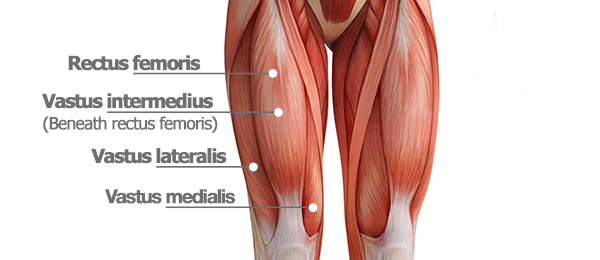
Your quads are comprised of four muscles on the front of your femur (thighbone) that are responsible for straightening your knee. They consist of the rectus femoris, the vastus lateralis, the vastus medialis, and the vastus intermedius. Along with your glutes, they assume the majority of the workload during the pistol squat.
Glutes
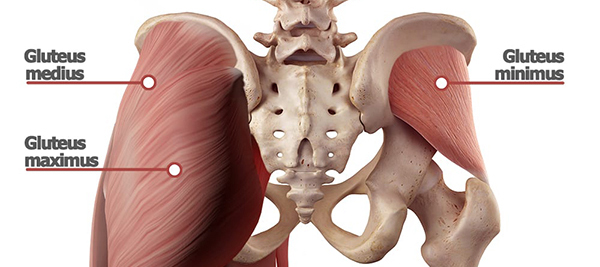
There are three primary muscles that form your butt.
- The one you’re most likely familiar with is the gluteus maximus, which is one of the body’s largest muscles, and is chiefly responsible for extension of your hip, as well as your butt’s overall shape.
- The gluteus medius is located toward the outer edge of your rear, and mostly handles abduction (raising to the side) and rotation of your leg.
- Finally, the gluteus minimus, buried beneath its bigger brothers, performs a supporting role in pelvic stabilization and leg rotation.
Core
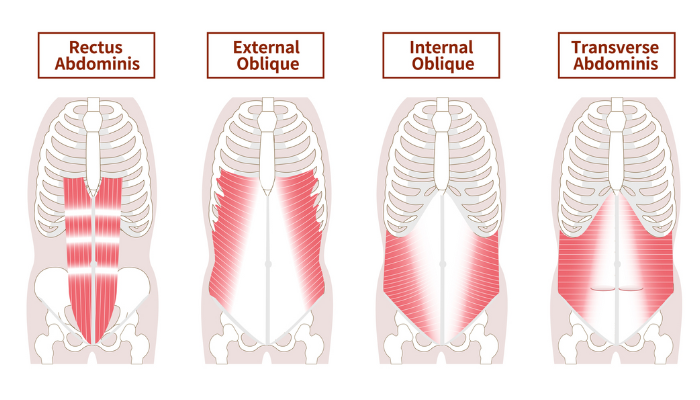
Your core includes all of the muscles in your lower torso, as well as your glutes and trapezius. You’re likely familiar with the rectus abdominis (i.e., abs), which is a single muscle (not six) that spans from the bottom of your ribs to the top of your pelvis. It’s primary task is flexing the lumbar spine, which is what you do when you perform a crunch.
Buried under the rectus is the transverse abdominis, which helps stabilize the spine and pelvis during movement. And framing the anterior muscles of your core are your obliques, which control rotation of the torso and lateral (side-to-side) flexion of the spine.
Seldom regarded among the marquee muscles forming your your core are the spinal erectors of your back, which provide crucial stability for your spine during movements like the pistol squat. Other muscles include the multifidus, latissimus dorsi, glutes, traps, and diaphragm.

